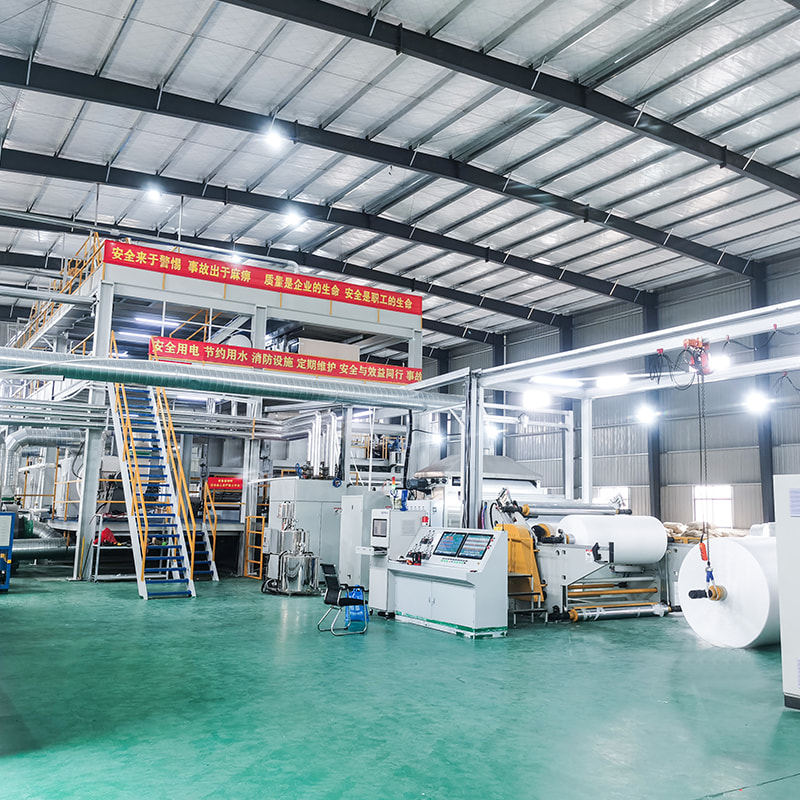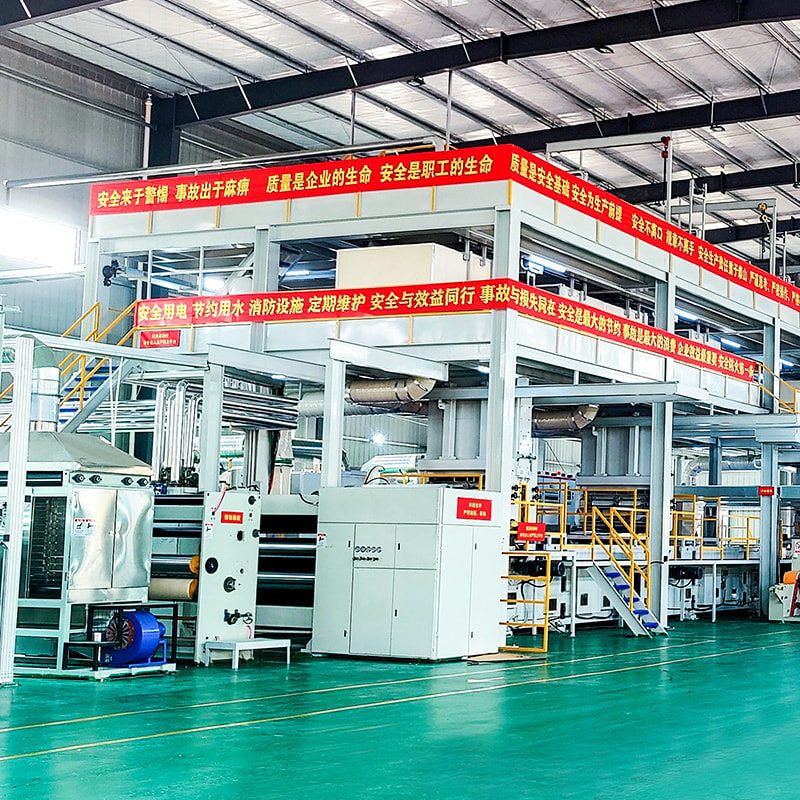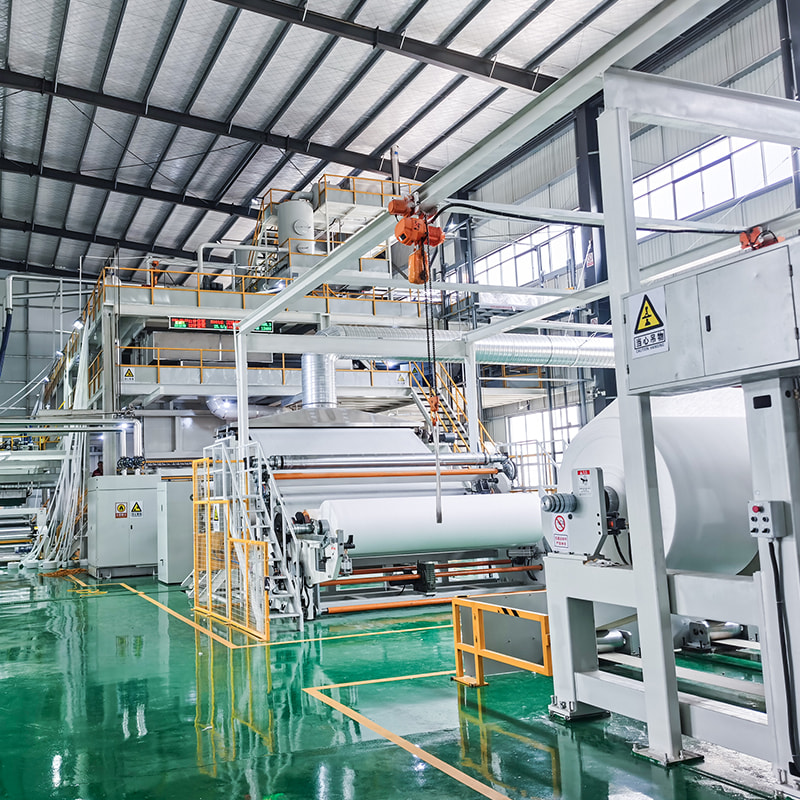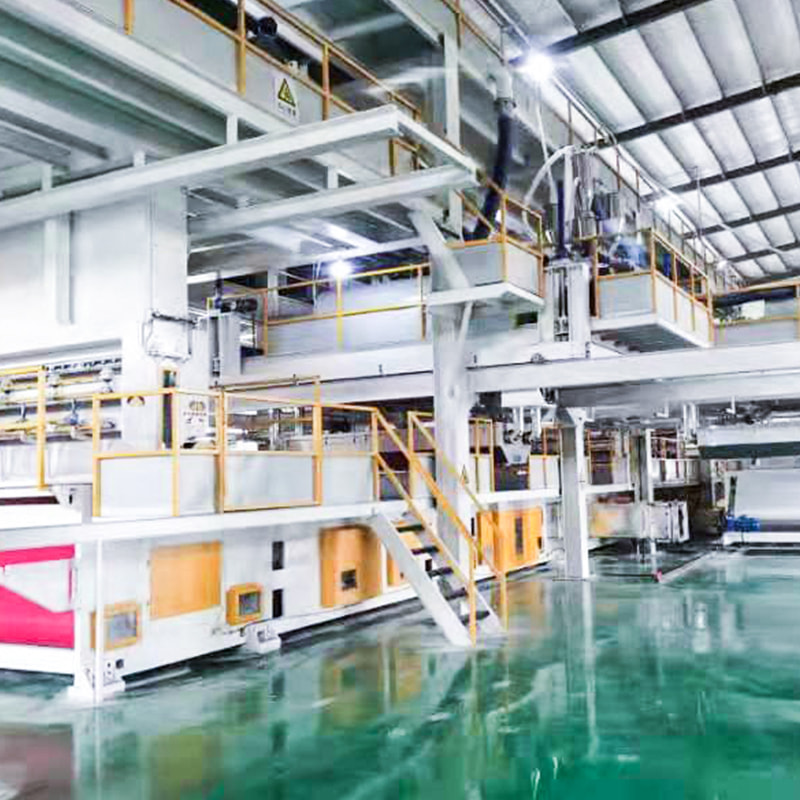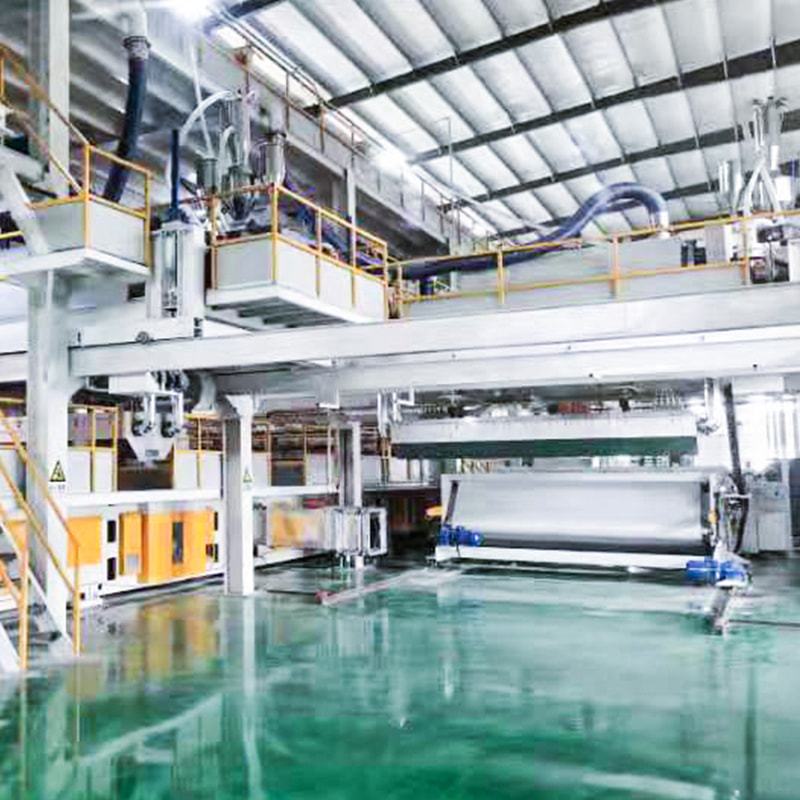Spunbond vs. Spunlace: Key Differences in Nonwoven Fabric Technologies
Introduction
Nonwoven fabrics are integral to numerous industries, from hygiene products and medical supplies to filtration and automotive applications. Among the most prominent types of nonwoven fabric production technologies are spunbond and spunlace. While both processes create fabrics without weaving or knitting, they differ significantly in their raw materials, bonding techniques, texture, performance, and end uses.
1. Production Process
Spunbond
Spunbond is a thermoplastic polymer-based nonwoven fabric produced by extruding filaments from melted polymer granules (typically polypropylene, polyester, or polyethylene). The continuous filaments are laid randomly onto a conveyor belt and bonded through thermal, mechanical, or chemical methods—most commonly thermal bonding using heated rollers or calenders.
Steps:
Polymer melting
Filament extrusion
Web formation
Thermal bonding
Spunlace
Spunlace (also known as hydroentanglement) is made by mechanically entangling fibers using high-pressure water jets. The raw material is usually a blend of natural fibers (like cotton or viscose) and synthetic fibers (like polyester).
Steps:
Fiber blending and carding
Web layering
Hydroentanglement
Drying and finishing
2. Raw Materials
Spunbond: Mostly thermoplastic polymers (PP, PET, PE)
Spunlace: Natural fibers (cotton, viscose) and synthetic fibers (PET, PP)
3. Fabric Characteristics
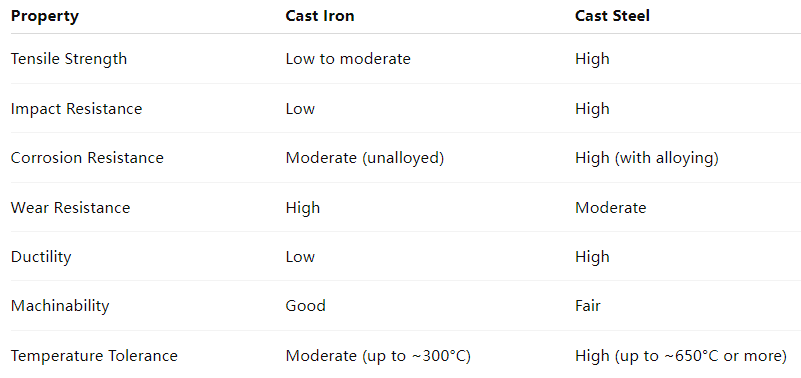
4. Performance Properties
Spunbond:
UV resistance (with additives)
High durability
Low cost
Hydrophobic unless treated
Spunlace:
Soft and breathable
Highly absorbent
Excellent drape and conformity
Costlier due to water and energy consumption
5. Applications

6. Environmental Considerations
Spunbond fabrics are typically less biodegradable due to the use of polypropylene or polyester, though recyclable.
Spunlace can be made from biodegradable materials like cotton and viscose, making them more eco-friendly but also more resource-intensive to produce.
7. Cost and Efficiency
Spunbond has lower production costs and higher throughput rates due to a simpler, faster thermal process.
Spunlace is more expensive due to water consumption, drying requirements, and slower processing speeds.
8. Choosing Between Spunbond and Spunlace
The right choice depends on your priorities:
Choose spunbond for durability, cost-efficiency, and structural strength.
Choose spunlace for softness, absorbency, and textile-like performance.
Conclusion
Spunbond and spunlace nonwoven fabrics serve different purposes despite falling under the same broad category. Understanding their fundamental differences in production, performance, and applications can help businesses make informed material decisions tailored to their product requirements and market demands.



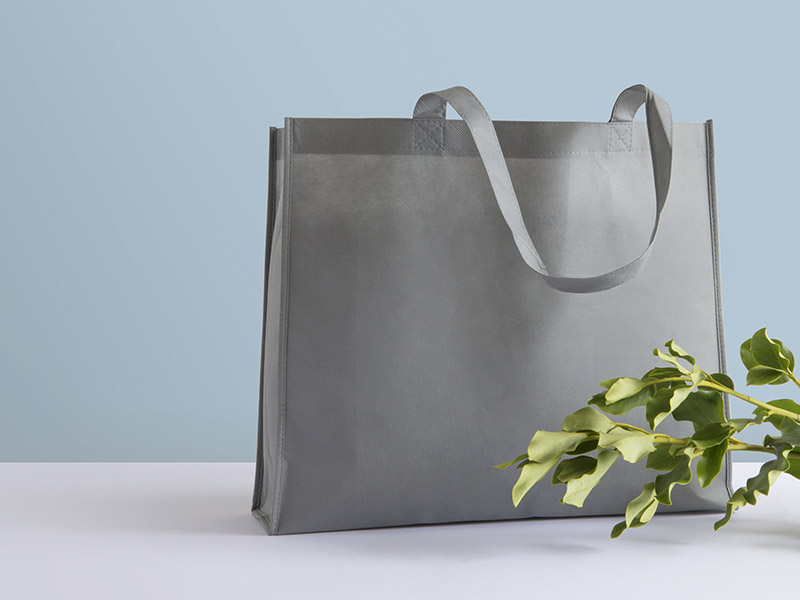
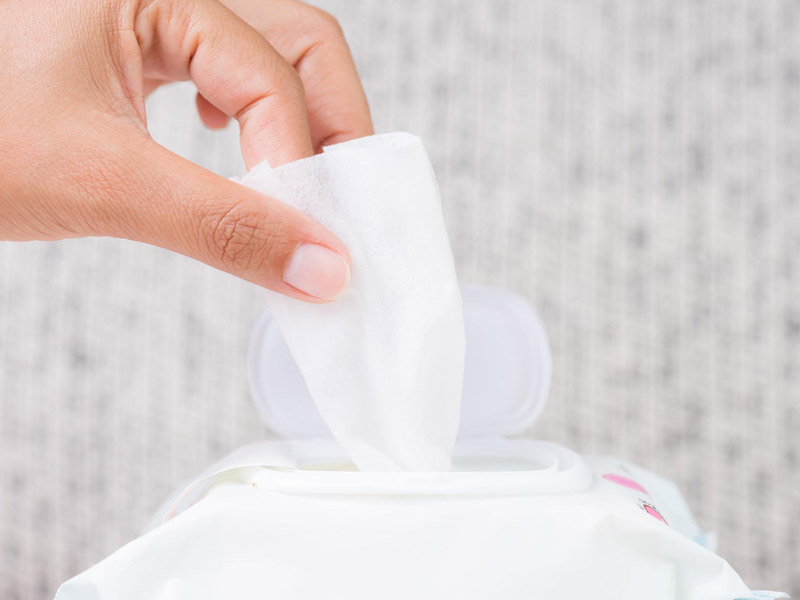
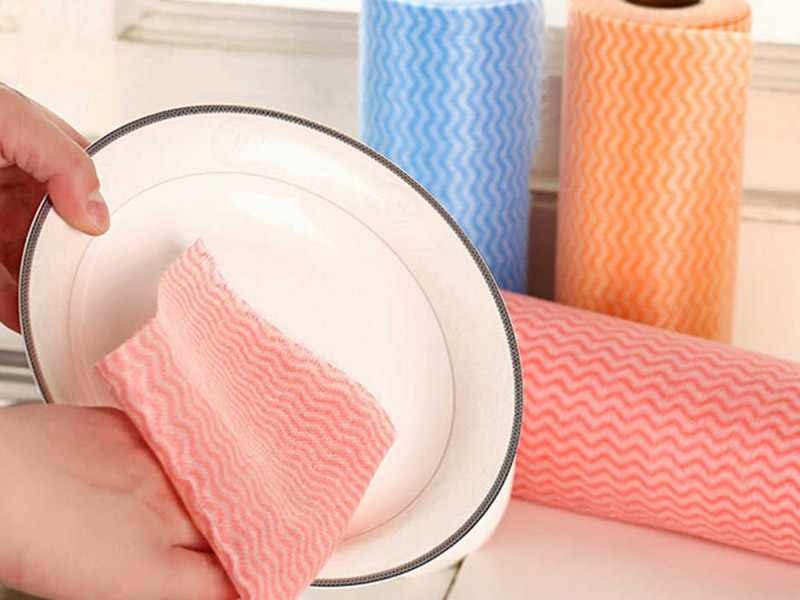
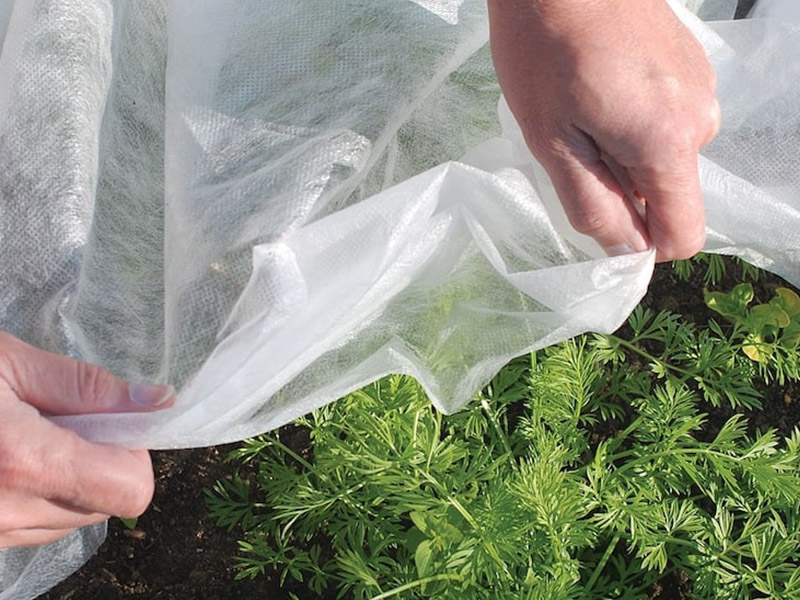
 English
English 中文简体
中文简体 русский
русский عربى
عربى